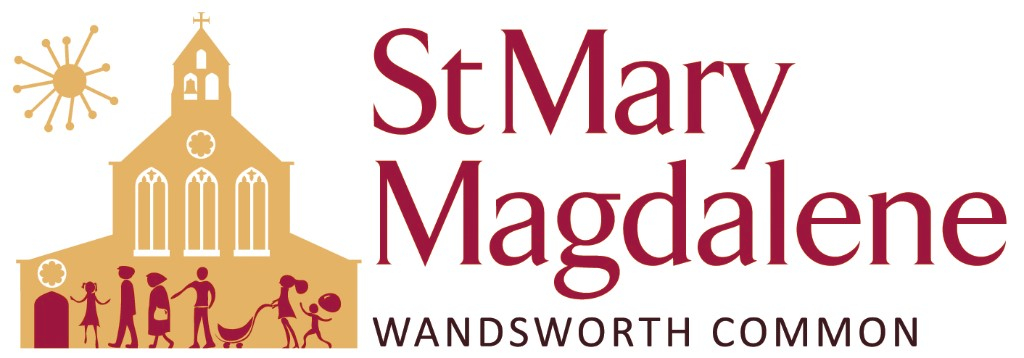Bernard Henry Holloway: Monday 27th September 1915
Bernard was commissioned on the 23rd September 1914, as 2nd Lieut., Royal Sussex Regt., promoted to Lieutenant in October 1914, and Captain in 9th Batt. in December 1914. He served in France and was killed in action during the Battle of Loos, on 27 September, aged 27, the same day that Rudyard Kipling’s son Jack was killed. Bernard has no known grave and is commemorated on the Loos Memorial.
He is also commemorated on his School Roll of Honour, College Roll of Honour, at Lords, on the legal profession Roll of Honour, and the Upper Tooting Methodist Church Memorial. This church was destroyed in WW2. When the memorial was replaced, his name was recorded as H Holloway.
He left £10,540 in his will, a very large sum for 1916. His estate was split between his father and 2 brothers. His investments in war loans were left to a Miss Louisa Douglass Chapple*.
Bernard was born at Burntwood Grange on 13 January 1888. The Grange was a sizable pre-Victorian mansion, noted for its magnificent Gardens and conservatory, on the site of what is now Burntwood Grange Road. It was demolished circa 1940.
According to his obituary in Wisden, he went to Leys School, Cambridge, aged 11 in 1899 (founded 1875 for the sons of lay Methodists) and then to Jesus College Cambridge. He was a sportsman, playing rugby, cricket and lacrosse, the latter two for England.
At school, he was a Senior Prefect, and a very useful all-round player, proving himself a good Captain of Cricket. He was third in the batting averages in 1904, second in 1905 and 1906, in the latter year with 35.81, and top in 1907, when his figure was 35.75. In the last-mentioned season, he also took twenty-two wickets for 14.59 runs each. He was in the same year and House as Reginald Davey
At Cambridge, where he did not obtain his blues for Cricket, he did little in the trial games save in 1911 when, in the Seniors’ match, he scored 52 and made 133 for the first wicket with C. G. Forbes-Adam (78). During 1910-11 he visited the West Indies as a member of the M.C.C. team, making 443 runs with an average of 24.61, and rendered excellent service: his highest score was 100 v. British Guiana at Georgetown.
In 1911 and three following seasons he appeared occasionally for Sussex, for which side his best performances were against his old University, on the Cambridge ground, in 1913 and 1914, his scores being 58 not out and 32 not out, and 54 and 15. He was a right arm medium fast bowler and made 19 first-class appearances. The war ended his first-class cricket career. (For further information, his batting averages can be studied on the Cricinfo website).
He played half-back at Rugby football for Cambridge v. Oxford in 1907, and centre three-quarter back in 1909 (taking a blow to the head early in the match, he imagined the sensation must have been comparable to the feeling of a drunken man! given he was a lifelong teetotaller). For which he obtained his Rugby colours. He was also in the University Lacrosse XII in 1908-9-10, being Captain in 1910, in which year he played for England.
His nickname was “Babe”, due to having “a complexion which would have created the reputation of any face cream on the market”. Bernard Holloway was a popular figure at the College. His Cock of the Roost profile, written for Chanticlere in 1910, remarks that “To his contemporaries, he will be one of the most delightful memories of these golden years.”
Professionally he was articled to J. C. Barnard, of 47 Lincoln’s Inn Fields and trained as a solicitor.
Bernard was the third son of Sir Henry Holloway, who was a prominent Liberal and JP., being knighted in 1917 for his advice to the Government on the WW1 housing crisis. Henry and his brother had founded Holloway Brothers, a major local building firm, in 1882, and the firm still existed as Holloway, White Allom Ltd until it went into administration in October 2011. Sir Henry moved to Wimbledon in 1919 and eventually to Westgate House near Arundel and died in 1923.
David Lloyd George, the Prime Minister, from 1916, had lived at 2 addresses in the parish from 1900-1908 before his move to Downing Street on becoming Chancellor, and would no doubt have known Henry Holloway.
Bernard had two elder brothers, Roland Eveliegh and Herbert John, who went into the family firm. One was knighted for his contribution to Mulberry Harbours in WW2. Herbert lived in Wimbledon while Roland lived at 60 Lyford Road (a Holloway Bros. house).
The family firm was responsible for building the Magdalene Park Conservation area. The scheme was to have been a garden suburb, but the completion of the scheme was frustrated, by the compulsory acquisition of the land between Swaby Road and Openview by Wandsworth Borough Council in the 1920s. The Council also acquired the land between Fieldview and Ellerton Road in the 1930s. The family firm also built a number of landmarks including Chelsea and Westminster Bridges, the extension to the Bank of England, Lavender Hill Library and Bagdad Railway Station.
*Miss Louisa Douglass Chapple married Cedric Blaker, C.B.E., M.C. in 1921. She had two children and died at the age of 93 in Lindfield, Sussex, in 1985. Cedric and Bernard both served in the Royal Sussex Regiment, though it seems Cedric served in France after Bernard’s death. Louisa was a V.A.D. Nurse during the war. To read further click here. Lastly, an emotive “imagined” letter addressed to Bernard Holloway from Louisa’s granddaughter explaining her grandmother’s motives for going out to France with the V.A.D.

